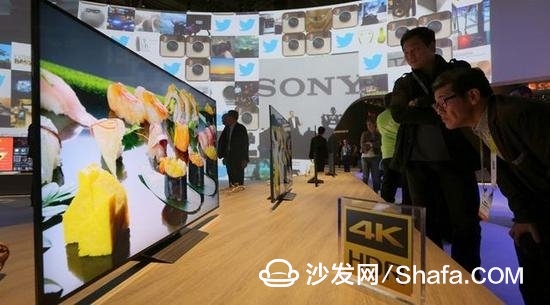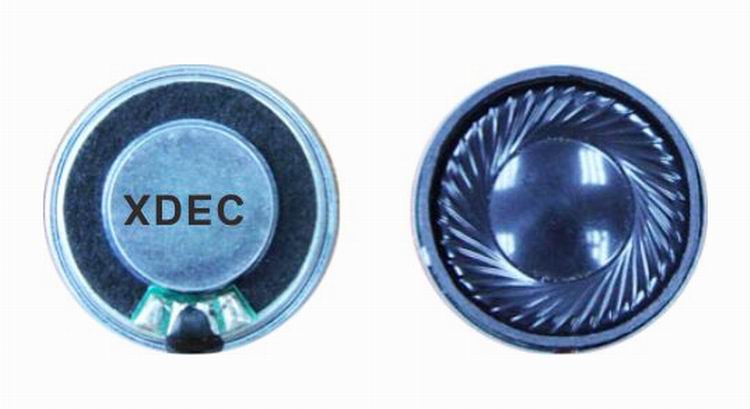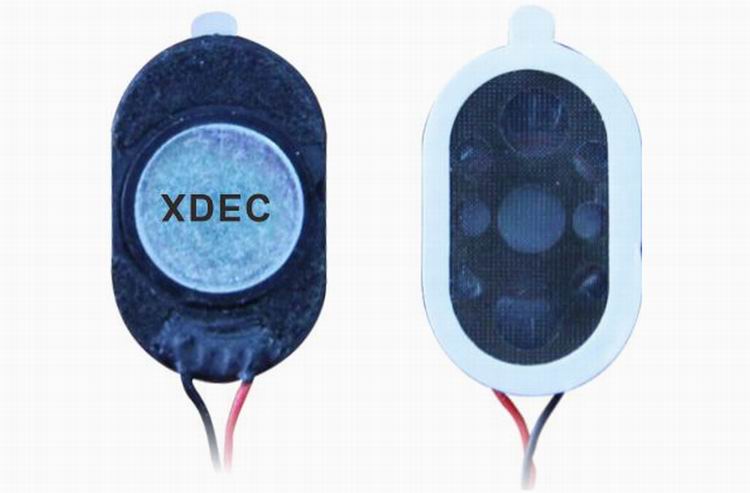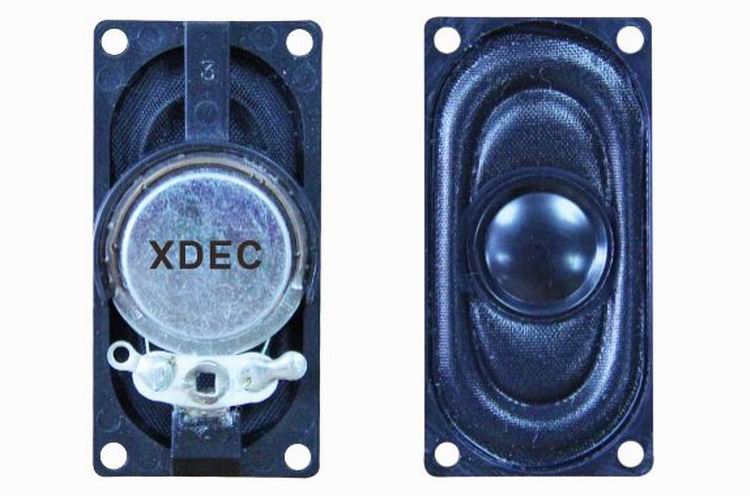Before introducing HDR, first of all, Yang Laogai gave everyone the background knowledge of computer image quality.
All colors in the natural world are represented by the light of red, green, and blue mixed by different ratios and brightness. In the computer world, all are composed of 0s and 1s. In the later stage of the computer language, the colors are composed of two groups of numbers. One group is the mixture of red, green, and blue, and the other group Is the strength of light, that is, grayscale.
But natural light, if you like, can be divided into unlimited, and each value of the computer is limited by size. For the most extreme example, if the computer can display four numbers, then the grayscale can only be white, light gray, dark gray, black four colors. In the natural world, between white and light gray, it can be divided into light gray, light gray, and innumerable grades.
So theoretically, the more computer bits representing colors, the more natural colors that can be restored and the better the picture quality. But limited by the current chip's computing power, and file size, this number can not be infinitely large, so at present, the highest standard for civilian display grayscale is about 12 Bit.
This is part of the software. Whether or not the hardware display is capable of displaying such multiple brightness levels depends on whether the brightness of the display itself is sufficient to represent such multiple levels of grayscale. If the TV luminance range is too small and the source supports high-level grayscale, the two adjacent grayscales will not be easily distinguishable.
Having said so much, you still don't understand that HDR is a yarn. This is for sure, because I haven't started to say it yet. Let's start by saying something.

HDR is not a camera in the television field, and combines the best of multiple exposures. In simple terms, the application of HDR in the television field is to enhance the contrast of the picture, allowing the brightest place to have a longer span to the darkest place. A new standard for brightness contrast is defined as HDR. Before HDR, dynamic brightness was always the SDR standard.
In the natural world, the brightness is very wide. At noon, the brightness level of the center of the sun is defined as the 9th power of 10, and the brightness of the weakest star light level in the night sky is 10 to the power of -5. The human eye can perceive the brightness of the 10th to the 10th power of 8th through the pupil's enlargement and reduction. Of course, each person has a difference, and a very few people may have a higher span. The human eye can be perceived to have a brightness of 1 to 10 5th power level with the pupil unchanged.
In the television field, the 50-year SDR standard was used before. The luminance range was 1 to 10 cubes. In recent years, the HDR has risen from 1 to 10 to the 5th power, which is to satisfy the fact that the eyes of the human eye remain unchanged. The range of brightness that can be perceived.
After knowing what HDR is, what is the current TV product on the market?
At present, on the screen material, the mainstream is still the LCD screen. It is well known that the display principle of liquid crystals consists of a non-emissive liquid crystal layer and a backlight.
Traditional LCD screens achieve different colors by completely distorting the molecules of the liquid crystal layer to achieve light transmission of the three primary colors. Even if a pixel is completely black, then the backlight is still on and the absolute black cannot be achieved.
Do not believe that you can try to play a flashlight behind a piece of black paper. The brightness of the illuminated area and the unlit area is definitely different.
So in order to improve the contrast, many manufacturers will be in the context of the backlight context. First of all, use a brighter LED backlight bulb is not to say.
The principle of the HDR TV hardware is to analyze the brightness of the pixel display color in this frame image first, and then directly adjust the brightness of the back light source to an appropriate brightness.
So in theory, there is a separate backlight behind each pixel to control, so that the best effect is achieved. However, LED bulbs are currently used in mainstream backlights. If, as mentioned above, 4K TVs now require more than 4,000 LED bulbs. Even if you do not consider the interference of each light bulb, this power consumption and heat will rise to a very scary level.
Therefore, for these two reasons, the current HDR TV adopts the technology of partitioned backlight control. With an appropriate number of LED bulbs, one LED corresponds to a small area of ​​the backlight, so as to enhance the brightness range of the entire television.
How many of this single LED is, nobody has found the right answer until now. The principle of Backlight Master Drive that Sony began researching two years ago is this principle, but so far it has not been able to find a balance between actual effects, power consumption, and product prices. Domestic Hisense and other companies have also played on this balance.
So what is the value of HDR on the market currently worth buying?
First of all, we must affirm the visual effects brought by this technology. If the gamut diagram (speaking human speech: red, green, and blue light mixing ratio tables) is out of a two-dimensional coordinate, the final color representation is a three-dimensional coordinate system with a z-axis of brightness. At this time, the span of the brightness z-axis is increased, and of course, more colors can be represented.
But as I said, each player is currently playing on this number of backlight partitions and has not yet found an optimal solution.
However, many TVs are under the banner of HDR. It is not that they did not apply the above technology, but they did not use the brightness of the backlight LED bulbs to enhance, the partition is only a single digit, far below the effect of HDR.
Does Sony, Hisense and other flagship HDR TVs worth buying?
In fact, the television industry will have a new term every time, from 4K a few years ago, to quantum dot technology a year or two ago, and HDR for the past two years. You have to think, ah, the merchant will always create a new function for you, you will buy it.
Doorbell speaker:
Doorbell speaker is a kind of micro speaker unit which uses a diaphragm made of Mylar material. Doorbell speakers are of ultrathin design and lightweight and clear voice. It is widely used in building security industry (e.g. intercom, video door phone, intelligent door control..)
There are two types of Mylar speakers from the shapes:
1) Round shapes, we have products from 10mm to 57mm in diameter.
2) Oblong shape, we have products in sizes of 1510/1712/1813-..




FAQ
Q1. What is the MOQ?
XDEC: 2000pcs for one model.
Q2. What is the delivery lead time?
XDEC: 15 days for normal orders, 10 days for urgent orders.
Q3. What are the payment methods?
XDEC: T/T, PayPal, Western Union, Money Gram.
Q4. Can you offer samples for testing?
XDEC: Yes, we offer free samples.
Q5. How soon can you send samples?
XDEC: We can send samples in 3-5 days.
Doorbell Speaker,Doorphone Speaker,Video Doorphone Speaker,Doorbell Wireless Speakers
Shenzhen Xuanda Electronics Co., Ltd. , https://www.xdecspeaker.com